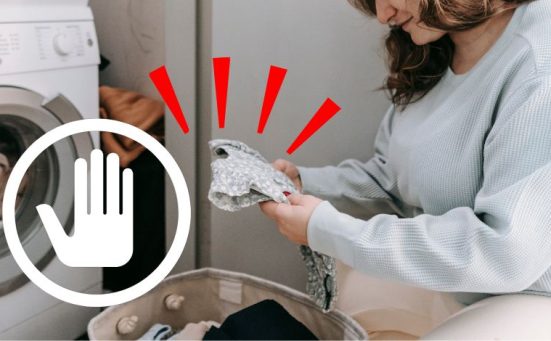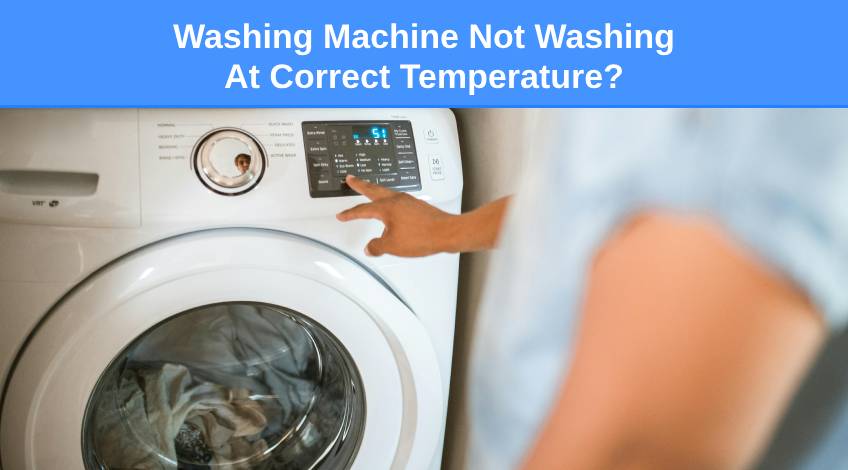
Washing Machine Not Washing At Correct Temperature? (here’s why)
We all rely on our washing machines to get our clothes clean. If it suddenly stops working as it should, it can cause major problems.
In this article we’ll be looking at the main reasons why a washer would stop heating the water to the correct temperature for the cycle that you selected. Keep reading to find out more on this subject as well as the best ways to solve this issue.
Why Is My Washing Machine Not Heating Properly?
There are a few reasons why your washing machine might not heat to the correct temperature which include;
| Probable Cause | Solution |
|---|---|
| Defective NTC Sensor | Check and replace the NTC sensor if necessary |
| Defective Heating Element | Inspect and replace the heating element if necessary |
| Wiring Fault | Contact a technician |
| Malfunctioning Control Board | Contact a technician |
Let’s take a closer look at each of these issues;
Defective NTC Sensor
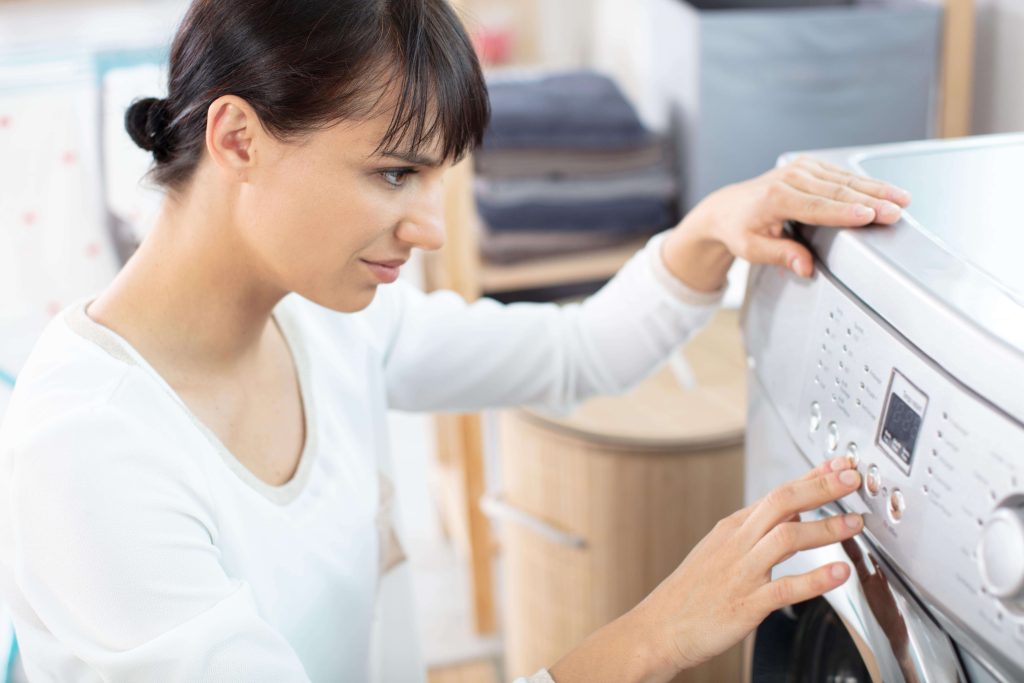
The NTC sensor checks on the temperature of the heating element and sends reports to the control board. The control board then turns the heating element on and off as it is needed to maintain the temperature selected.
For instance, if you have selected a wash cycle at 40o C, the control board will shut the heating element down as soon as the temperature gets to 41o C. Once the temperature drops below 39o C, the control board starts the heating element up again.
If the NTC sensor has become defective it could send the wrong information back to the control board reporting that the water is hot when in fact, it’s not. You can test the NTC using a multimeter for continuity.
The NTC is located in the middle of the heating element and is easy to replace. You can get a replacement online as long as you have the name and model number of your appliance.
Defective Heating Element
The heating element is the first place most people suspect when a washer stops heating as it should. As with all components, the heating element can develop a number of faults after some time of regular use.
It could develop low electrical insulation or an open circuit. You can check on the status of the heating element using a multimeter and check for continuity.
Sometimes the problem could be caused by a buildup of limescale on the element which prevents it from heating the water correctly. If you live in an area which is supplied with hard water (and many of us do), this could be the cause of your problem.
You will still need to inspect the heating element to see if it is coated in limescale. If so it will need to be replaced. And you might want to start using something like Calgon in every wash to prevent limescale from building up again.
In many cases, you don’t even need to check the element, you can see it is damaged just by looking at it. It might have visible cracks or a bulge, both of which are great indicators of a defective heating element.
If you’re a competent DIYer, you can replace the heating element yourself. However, if this is a step too far, you should contact a technician and get them to check and replace it for you.
Wiring Fault
If the NTC and heating element are fine, you’ll need to get the wiring checked out. Unfortunately any of the wires or connectors on your washing machine could be causing this problem.
Which is why I recommend contacting a technician to investigate and replace any damaged or burnt out wires.
Malfunctioning Control Board
If everything else checks out, the only thing left is the control board. The control board on a washing machine governs every function and part of the appliance.
If the control board malfunctions it could cause the heating element to fail to heat up. In some cases, it could be caused by an electrical glitch or software issue.
If that is the case, the problem can often be solved by simply performing a reset. To do this all you need to do is disconnect the power supply for 10 to 15 minutes to allow all electrical current to discharge.
Once the power is restored, the appliance will have reset and the control board will function as it should. However, if the reset doesn’t solve the problem, you will need to get the control board checked out.
Control boards are delicate components that can easily be damaged as well as being expensive parts. Which is why I recommend contacting a technician to inspect and replace the control board if necessary.
Other Reasons Why Your Washer Might Not Achieve Its Correct Temperature
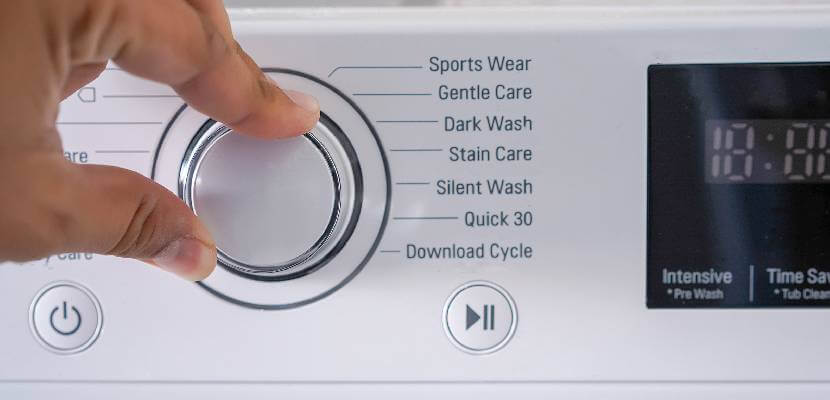
In a recent survey it was found that many of the washing machines tested failed to achieve 60o C on a 60o wash cycle. With some not getting any hotter than 44o C.
In fact 8 out of 12 never achieved 60o on a 60o cotton wash cycle. Plus the 4 that did only managed to maintain 60o for a few minutes.
What Reason Could There Be For These Lower Temperatures?
In recent years everyone is concerned about energy usage. Which means washing machine manufacturers are striving to get their appliances to use less energy and get a better energy rating.
If they achieve a low enough energy usage score, their appliance is more likely to sell more models. So it’s possible that they’re setting the 60o wash cycle to only heat up to anywhere between 40 to 50o to get a better energy rating.
Why Is The Energy Usage So Different In Washing Machines?
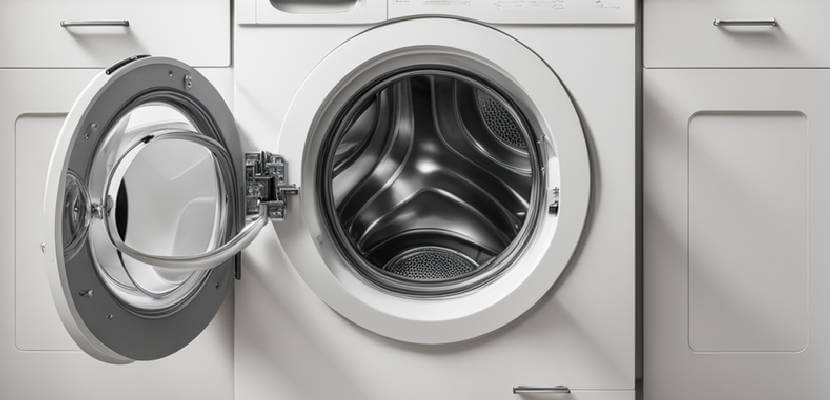
If you were to dismantle 12 washing machines all made by different manufacturers, you’d find they all had the same or very similar parts. They all work in the same way; they take in water, heat it up and rotate the drum to wash the clothes.
Within the workings of a washing machine the only part that uses a significant amount of energy is the heating element. There’s no way to produce a heating element for a washing machine that uses less energy.
The only way would be to produce a smaller heating element which would then need to run for longer to achieve the same temperature. This would use the same amount of electricity as a larger element that worked for less time.
You might think it’s because of differing amounts of water usage that could cause the energy usage difference. But that’s another area where all manufacturers are cutting back on as well.
So, is it a case of the energy rating testers not checking the temperature of the water? It could be, after all, human error is a real factor in many things. Maybe they didn’t expect manufacturers to be using underhanded techniques to win the energy ratings war.
Why Does It Matter If The Temperature Is Incorrect On A Wash Cycle?
You might be wondering why it matters as long as the clothes get washed correctly. And you’d be right, however, if you’re caring for someone that’s ill and you need to be sure that all germs and bacteria have been removed from their clothes and bedding, a washer not achieving 60o C is a major problem.
The only way you can be sure that your washer is achieving the correct temperature is to check using a thermometer. You can either stop the cycle halfway through the wash, drain the drum and stick a thermometer into the drain.
Or get one of those strip thermometers that stick to aquariums and stick it to the bottom of the door glass on your washer. If your washer is only a couple of degrees out from the stated temperature, it’s probably not a big deal.
But if it’s 10 or 15 degrees like was found in that recent test, you might have reason to complain.
SEE ALSO: What Temperature Is A Boil Wash? (and what is it?)
Frequently Asked Questions
If your washing machine isn’t reaching its correct temperature it could be because the NTC sensor is faulty, the heating element is defective or coated in limescale, there is an electrical fault or the control board is malfunctioning.
You can tell if the heating element has gone in a modern washing machine because the appliance will display an error code to notify you of the fault.
Yes, you can fix the heating element in the washing machine as long as you are a competent DIYer. It does involve removing panels and replacing the faulty element with a new one, but it can be done by anyone with a few basic DIY skills.
Also, follow us on Pinterest ...



